Having meticulously researched, planned and visited Kyoto we’ve put together a 3-day itinerary for one of the most beautiful and interesting cities in Japan. Historically the capital of Japan and former seat of the Emperor, Kyoto is home to a stunning array of ancient temples, unique shrines and incredible sights.
As most visitors only have a few days to see the city we’ve put together our ultimate guide to Kyoto in 3 days, including things to do, where to stay and its must-see sights in Kyoto. There are also some options for day trips from Kyoto which we recommend if you have some extra time in this beautiful city.
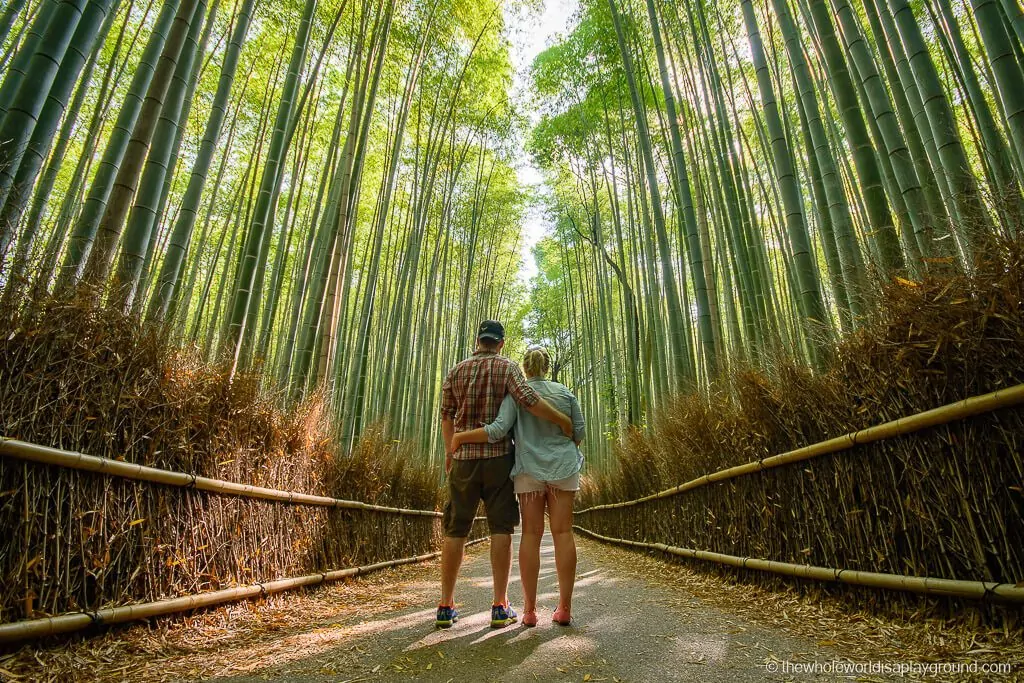
Kyoto Accommodation
Like most Japanese cities we highly recommend staying as close to the main train station as possible as this makes getting around much easier. However the best hotels close to the train stations fill up weeks ahead of time (in some cases months) so you’ll save yourself a lot of extra walking or expensive taxis by booking your accommodation well in advance!
Where to stay in Kyoto
- Hotel Granvia Kyoto: modern hotel with comfortable western style rooms, a fitness centre and swimming pool plus the hotel is in the train station meaning super quick access to the trains and the rest of the city – check latest prices here!
- Hotel Kintetsu Kyoto Station: Another great hotel located within the train station. Hotel Kintetsu is slightly cheaper than Hotel Granvia, however it is still a great choice with decent sized western style rooms and beds – check latest prices here!
- Ibis Kyoto Station: The Ibis is a great value option and, it’s so close to Kyoto station, you can catch a glimpse of the hotel from the Shinkansen platform! – check latest prices here!
Click here for the best Kyoto hotel prices
Getting to Kyoto
We travelled throughout the country with a green JR Pass which we purchased prior to travelling to Japan. We also used this for the train journey to Kyoto and it also covers the day trip to Hiroshima and Miyajima- you can check out the latest prices for green and ordinary passes on Japan Rail Pass where we purchased our JR passes.
Click here to buy your JR pass now
Kyoto Transport
Kyoto is a large city and most of the major sights are spread out all across the city. We used a combination of trains, taxis and electric bikes for getting around Kyoto and each worked perfectly for visiting different parts of the city.
The trains are great for getting to the Arishayama Bamboo Forest and the Fushimi Inari Shrine, while the temples are best explored by electric bicycle. Taxis are expensive so you’ll want to limit how many you take but sometimes it is worth splashing out – a taxi made getting to Tenru-ji temple (the Golden Pavilion) much easier as it’s located on a hilltop.
Public transport:
The ICOCA IC Card is a contactless travel card which works on JR, subway, private railway, buses in Kyoto. You can purchase this in advance of your trip and it’s one of the cheapest ways to get around the Kyoto transport system – check prices now!
E-Bikes
We used a mix of trains (for getting to the Bamboo Forest and the Fushimi Inari shrine) and then a mix of walking and e-bikes for the city-based sights. With the flexibility of the e-bikes we were able to explore most of Kyoto in a single day.
By guided tour:
If you are limited on time a great ways to see the main sights in Kyoto is by guided tour. The sheer variety of things to see and the size of the city makes it difficult to plan your time in Kyoto. We recommend the Klook app for booking tours and admissions and have used them extensively throughout Asia. Klook have a highly rated single day tour of Kyoto which covers all the main sights in a single day – check prices now!
Kyoto Day 1 Itinerary: Arashiyama and The Golden Pavilion
The Arashiyama Bamboo Grove (Bamboo Forest)
The Arashiyama Bamboo Grove is located in the western part of Kyoto and was one of our favourite places during our entire Japan trip. It’s one of the most photographed spots in Kyoto so chances are you will have seen photos of this famous bamboo grove and it is simply stunning! Walking through the soaring bamboo stalks of the densely packed Bamboo Forest in the shadows of the morning light is eerily beautiful and incredibly serene.
Kyoto Itinerary Tip: Try to visit Arashiyama as early in the morning as possible as it can get overrun with tourists during the day. We took the train from Kyoto JR station just before sunrise and were arrived just after dawn: we had the place almost to ourselves for around 30 minutes before others visitors started arriving.
Opening Hours and Cost: Entrance is free and the grove is open 24/7 all year round.
At the top of the hill you will come to Okochi-Sanso Villa, another of the top sights in Kyoto. Although it’s Y1,000 to enter it’s well worth the entrance fee as the architecture of the buildings and the gardens of the villa rival any imperial site in Japan. Entry also includes a tea service at the end of your tour.
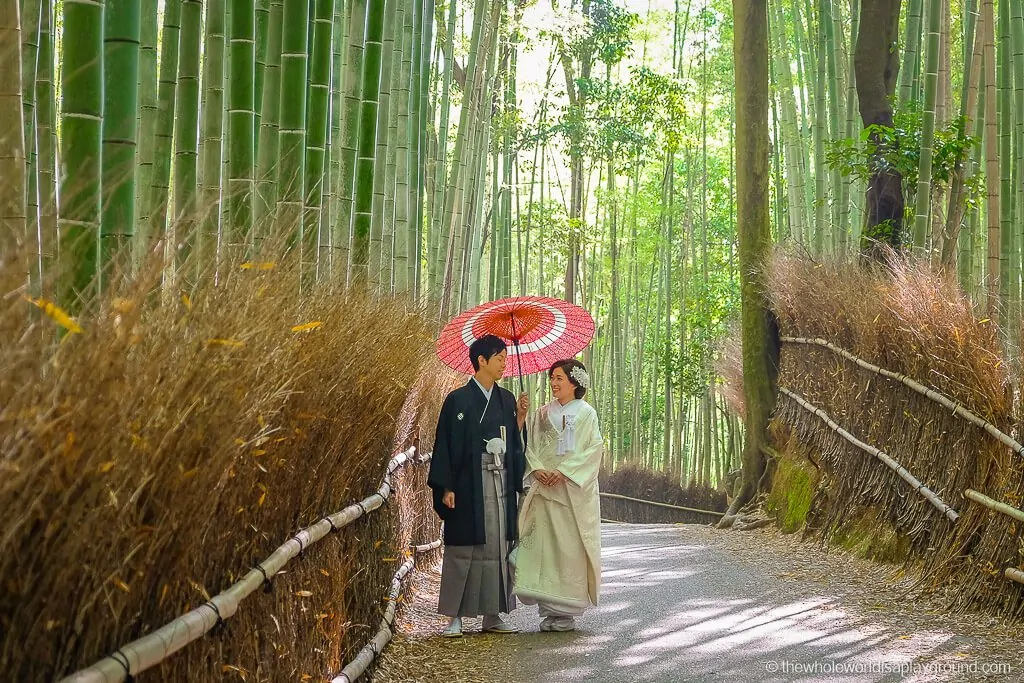
The Sagano Romantic Train
Any visit to the Arashiyama bamboo forest should include a trip on the now famous Sagano Romantic Train which departs from Saga Torokko Station close to the bamboo forest. This stunning 25 min train journey winds its way in a vintage style train along the Hozugawa River from Kameoka Station to Saga Station. During cherry blossom season the rail journey is one of the most beautiful in Japan. The Sagano Scenic railway operates from March 1 to December 29 so make sure to book it if you’re visiting Kyoto during these times. Klook has the best ticket prices and you can reserve tickets in advance. You can pick up tickets from Kansai airport, Osaka or Kyoto Station – check prices now!
Book the Sagano Romantic Train
Tenryu-ji Temple
Before you leave Arashiyama make sure to pay a visit to the Tenryu-ji Temple, located beside the entrance to bamboo grove. One of the 17 UNESCO listed temples in Kyoto, the 14th Century Tenryu-ji temple is beautiful and the stunning gardens draw the crowds. We spent time strolling through the beautiful gardens before stopping at Dharma Hall, the home of the Cloud Dragon painting.
Opening Hours and Cost: Admission to the garden is ¥500, it is an additional ¥300 to include the buildings and the Cloud Dragon incurs a separate entry fee of ¥500. Summer opening hours are 8:30am to 5:30pm and 5pm in winter.
After grabbing some lunch in Arashiyama jump in a taxi to one of Kyoto’s most popular sights, the Golden Pavilion Temple.
Kinkaku-ji Temple, The Golden Pavilion
The glistening golden reflection of the Kinkaku-ji Ttemple is another iconic Kyoto landmark. This Zen temple is another of the 17 temples in Kyoto designated as part of a UNESCO World Heritage Site. Originally built in its current form by a Japanese Shogun Ashikaga Yoshimitsu, the top two floors of the temple are covered in gold leaf, giving its iconic gold shine, and topped with a Golden Phoenix on the roof. The Mirror Pond and lush green backdrop make for an incredible setting.
The temple takes about an hour to walk around but you can spend a lot longer if you want to relax and capture some photos. Make sure to have some macha tea at the exit to the tea garden and visit the Fudo hall just outside the paid temple area. The fudo hall holds a statue of Fudo Myoo, a guardian of Buddhism and one of the 5 Wisdom Kings. The statue is believed to have been carved by Kobo Daishi, the founder of Japanese Shingon Buddhism, who is believed to rest in eternal meditation in Okunoin Cemetery in Mount Koya.
Kyoto Itinerary Tip: Like the bamboo forest the temple gets crazy busy at peak times in busy season so expect crowds if visiting during a summer afternoon! The gardens are well laid out so the crowds don’t get in the way of enjoying or photographing the temple.
Opening Hours and Cost: Admission is ¥400 and the temple is open every day from 9 am to 5pm throughout the year.
Kyoto Day 2 Itinerary: Temples and Geisha
Day two is an active day exploring the temples and shrines along the famous Philosophers Path and the historic Higashiyama district in the east of the city.
Kyoto is full to the brim with incredible temples and shrines and 17 of the finest make up of the Kyoto UNESCO listing in the World Heritage List. As most of these are located on the eastern side of the city we recommend renting electric bicycles (or e-bikes) for the day to explore this area. While it’s possible to use the trains or walk it would be very time-consuming and difficult to see everything in one day so we opted for a day of fun on the electric bicycles. If you prefer not to test your bike legs taxis are a good alternative transport for today.
Kyoto Itinerary Tip: E-bikes have more than enough range to allow you to visit all the sites and are a cheap flexible way to see lots in a day. We rented them from one of the many rental stores close to Kyoto JR station.
Cost: depending on where you rent, a full day e-bike rental costs between ¥1,500 and ¥2,000
Day 2 Route
We recommend taking a circular route starting and ending at Kyoto Station. There are lots of stops along the way and it’s easy to spend the entire day exploring the temples and shrines.
Nijō Castle
Heading north from Kyoto Station the first stop is Nijō Castle. Once used as an imperial palace and now designated as one of the 17 UNESCO listed monuments in Kyoto, the main draw of the castle is the beautiful Ninomaru Palace located in the centre of the protective structure. The palace was once the residence of the shogun during his visits to Kyoto. Make sure to book your skip-the-line tickets in advance to save time queueing – check prices now!
Book your Nijō Castle tickets now
Opening Hours and cost: open from 8:45am to 5pm with entry to the Ninomaru Palace from 9am to 4pm. The castle/palace are closed on some Tuesdays throughout the year. Admission is ¥600.
Kyoto Imperial Palace
The next stop is the Kyoto Imperial Palace located in the massive Kyoto Imperial Park. Formerly the home of the residence of the Japan Imperial Family prior to their move to the Tokyo Imperial Palace. The palace grounds are open to the public to walk and cycle around, although it is not possible to enter any of the buildings.
Opening Hours and cost: 9am to 4pm with extended hours during summer. The grounds are closed on Mondays and admission is free.
After taking time to explore the palace grounds it is time to head east across the Kamo River to the Higashiyama district and the Path of Philosophy.
Ginkakuji: the Silver Pavilion
Also known as the Higashiyama Jisho-ji temple, Ginkakuji is the first of the main temples on the eastern side of Kyoto. It was modelled on the Golden Pavilion. The temple is known for its beautiful moss and sand gardens and a circular walking route around the grounds allows you to see all the buildings, ponds and gardens of this temple which was once the home of shogun Ashikaga Yoshimasa.
Path of Philosophy
The Path of Philosophy is an ancient stone path which runs through the Higashiyama District for around 2km along the canal from Ginkakuji temple to Nanzen-ji temple. The Path was named after one of Japan’s most famous philosophers who practised meditation on his regular walks along the canal.
Lined with thousands of cherry trees, the path is most beautiful during the cherry blossom season when the banks of the canal is an explosion of whites and pinks from the blossoms. Even outside of cherry blossom season the path is beautiful: it’s very peaceful as the path meanders through the Higashiyama District, along the backs of houses, passing smaller temples and shrines along the way.
Nazen-ji Temple
Located close at the end of the Path of Philosophy and at the base of the Higashiyama mountains, Nazen-ji temple is one of the most impressive temples in Kyoto. The massive Sanmon Gate greets visitors at the entrance and the grounds are filled with a small forest of trees.
Gion and Geisha Spotting
Gion is famous as the geisha district of Kyoto and is home to the city’s entertainment district with many restaurants, shops and traditional tea houses. It’s known as the birthplace of Geisha culture and has the feel of a Japan gone by. It’s often possible to see a Geisha hurrying along the streets between engagements but be careful not to confuse them with the many visitors who dress up as Geisha, a popular activity offered by many studios in the area.
One of the most fun things to do in Kyoto is to hire a traditional Kimono for a day and explore Gion – check prices now!
Kyoto Itinerary Tip: if you spot a Geisha please do act respectfully
Kyoto’s Love Hotels
Rented by the hour and no reservations accepted, Kyoto’s Love hotels gave us a giggle! Many have themed suites and the cartoon style fronts make them easy to spot. Rooms are booked through a vending machine and the fridge contains an interesting assortment of food toys!
Higashiyama District
Take a step back in time in Kyoto’s Higashiyama District. Narrow streets snake up the side of Mount Otowa and are lined with shops, restaurants and local craft stores with pottery, jewellery and sweets. This bustling historic district, with its wooden buildings and traditional stores, invokes a feeling of old.
Kiyomizu-Dera Temple on Mount Otowa
The Kiyomizu-Dera, or ‘Pure water temple’, is one of the most popular temples in Kyoto and another one of the 17 inscribed on the UNESCO World Heritage listing. Located on the hill overlooking the Higashiyama district, it has some of the best views of Kyoto and the temple is named after Otowa Waterfall and those who catch and drink the water from the waterfall are believed to have wish-granted powers.
Kyoto itinerary tip: Make sure to ask at the ticket office for Tainai Meguri, a small cave where you remove your shoes before descending down steps in complete darkness guided only by a beaded chain. At the bottom you spin a stone and make a wish as you do. Returning from the cave symbolized returning from the womb of Daizuigu Bosatsu.
Opening hours and cost: Admission to the main temple is 400 yen and the temple is open 6.00-18.00 each day, all year round.
Rengeo-in Temple, Sanjusangendo
We chanced upon this incredible temple as we were heading back from Kiyomizu-dera to Kyoto Station and we were so happy we stopped by. Inside this unassuming 120-metre-long temple building are 1,001 life sized wooden statues of the Goddess Kannon lined up on display.
Unfortunately, no photography is allowed inside the building but trust us, if you’re in Kyoto make sure to visit this temple, it’s incredible!
After a long day, grab some sushi and beers from one of the many restaurants in and around Kyoto Station.
Kyoto Day 3 Itinerary: an iconic shrine and the food market
The final day in Kyoto is still action packed. The first stop is one of Japans most iconic locations, the Fushimi Inari Shrine, followed by some culinary indulgence at the Nishiki Food Market.
Fushimi Inari Shrine
Catch the metro from Kyoto Station to the Fushimi Inari Station on the Nara line where the entrance to the Fushimi Inari Shrine is located.
The fantastic red Torii gate shrine, a Kyoto icon, is one of the gems of the city. Strolling slowly through the thousands of bright red Torii gates to the top of the hill was one of the highlights of our trip to Japan. There is a serene peace to the place which, despite the volumes of people visiting, always had a quiet corner to sit and reflect.
Read more about our visit to Fushimi Inari here.
Kyoto itinerary tip: Aim to visit Fushimi Inari early in the morning and potentially again late in the evening when the crowds are less and the light really makes the Shrine come alive. This shrine was one of our favourite places in all of Japan and you will spend hours here simply relaxing and exploring the hillside covered in Tori gates.
Nishiki Food Market
After a morning exploring the Fushimi Inari shrine it’s time for a well earned lunch. The 400 year old Nishiki food market has a dazzling array of exotic food. From roasted chestnuts to Japanese knives Nishiki is the perfect place for a afternoon souvenir wander and to sample the delicious food synonymous with the city.
Kyoto Day Trip: Hiroshima and Miyajima
If you have an extra day in Kyoto, a visit to Hiroshima and Miyajima is a must-do in any Kyoto itinerary. A visit to Hiroshima offers an incredible insight into the historic sites of a city devastated by an atomic bomb while Miyajima is home to the revered Itsukushima Shrine and its iconic floating tori gate.
Read more about how to get to Hiroshima and Miyajima here, the best things to do here and our recommended day trip itinerary here.
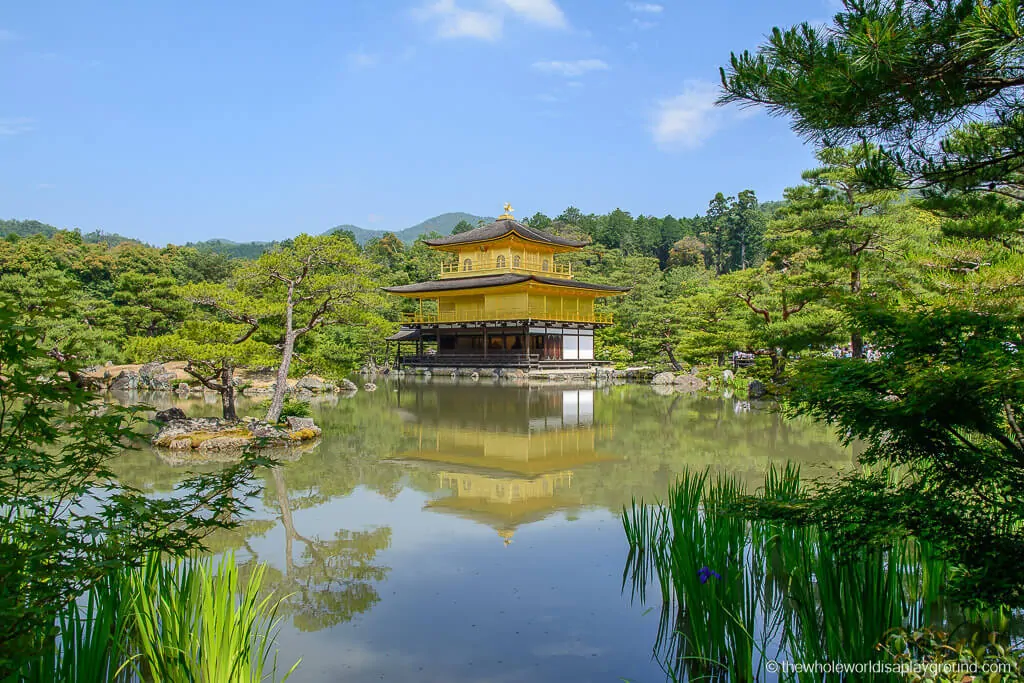
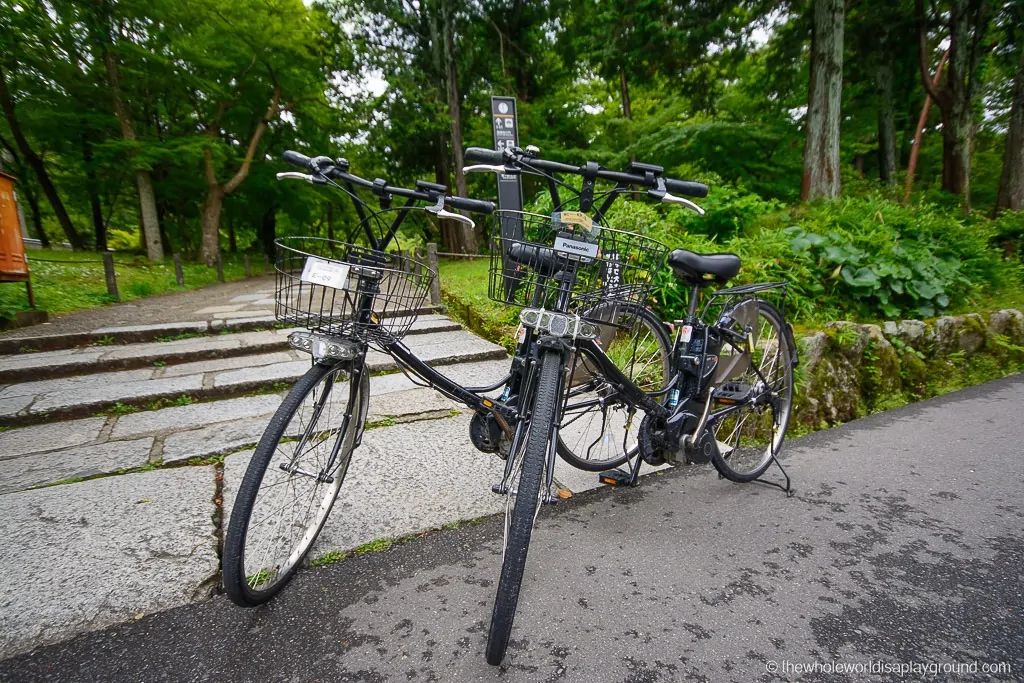
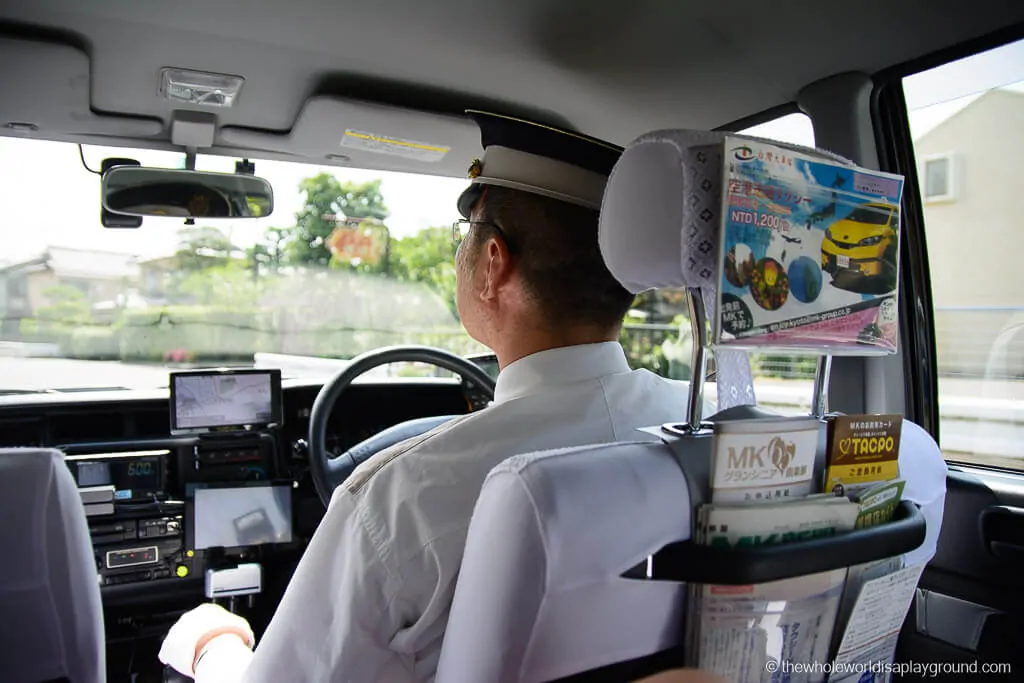
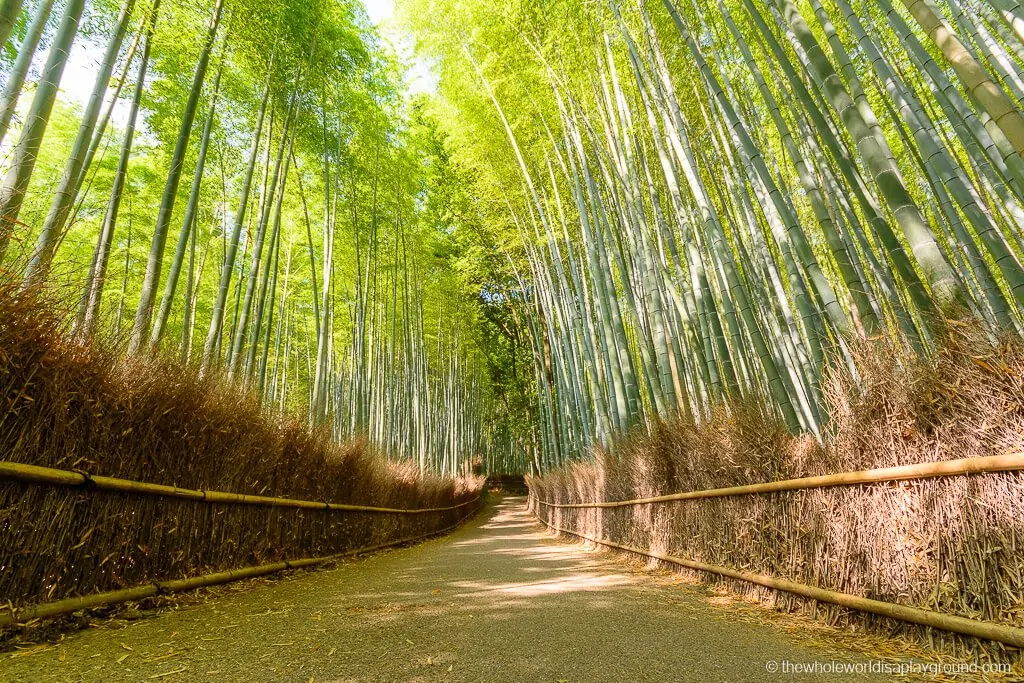
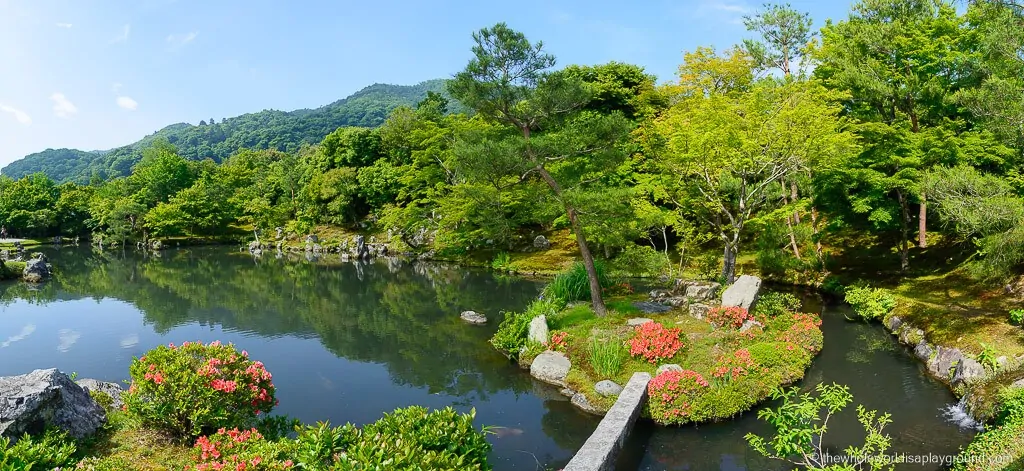
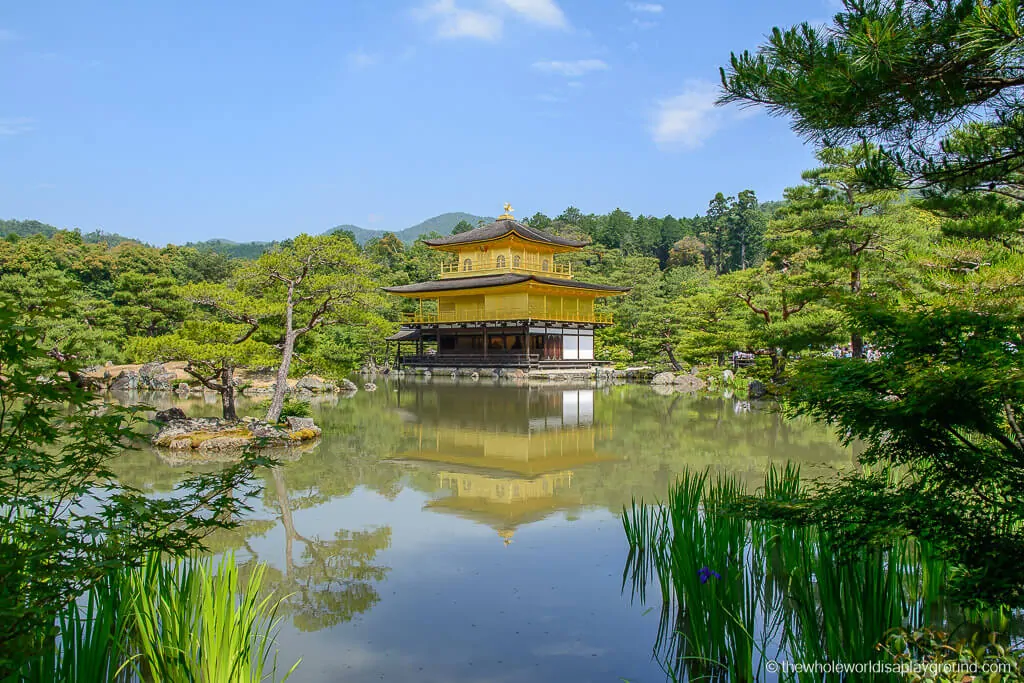
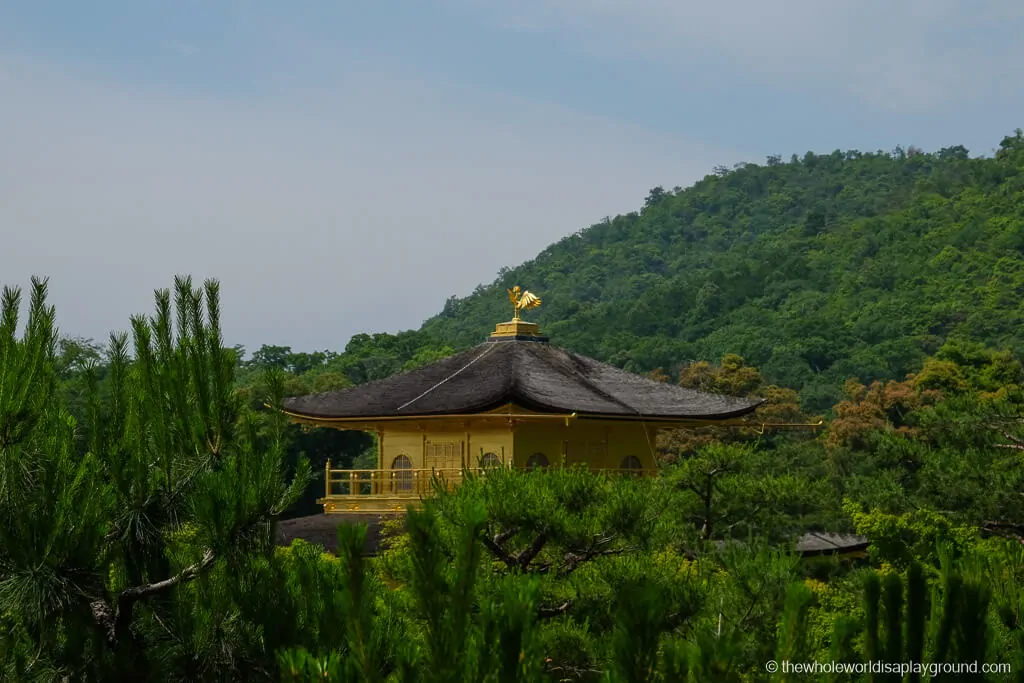
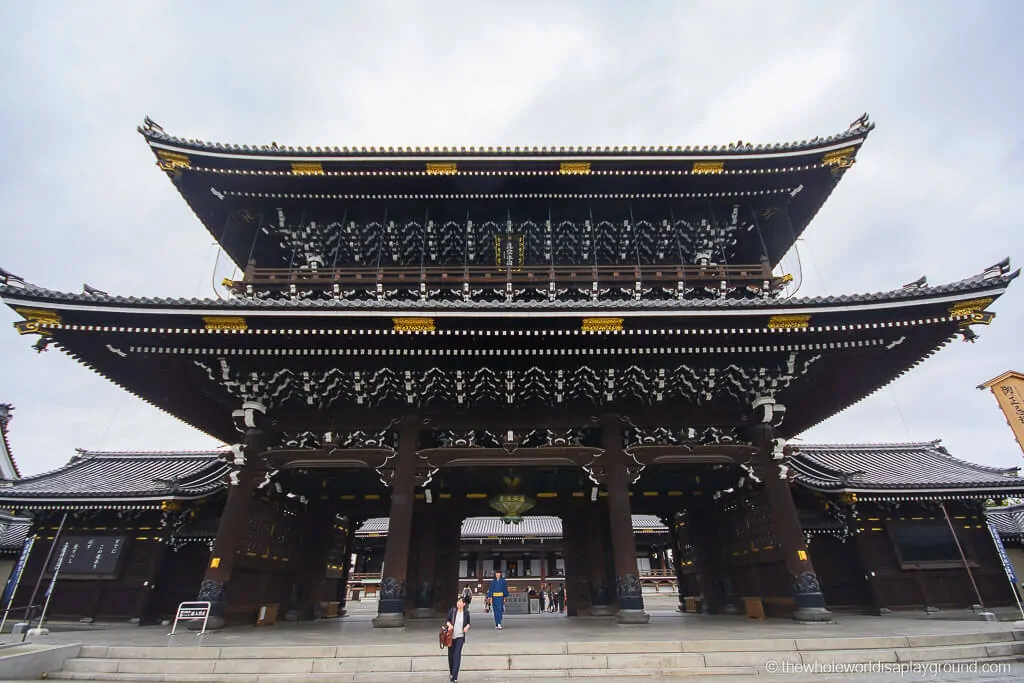
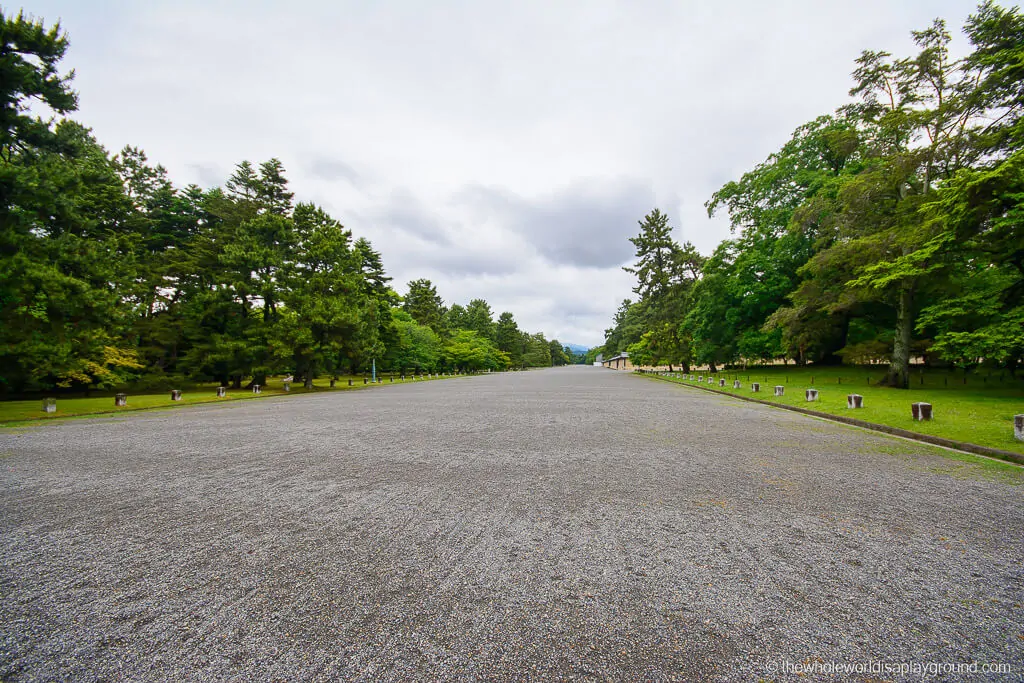
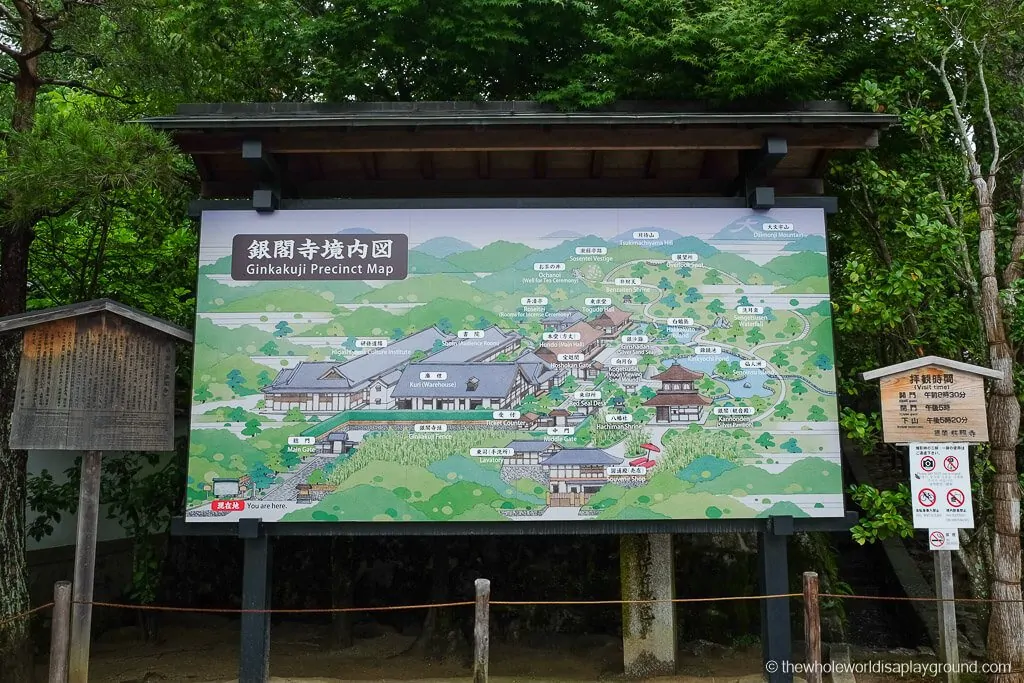
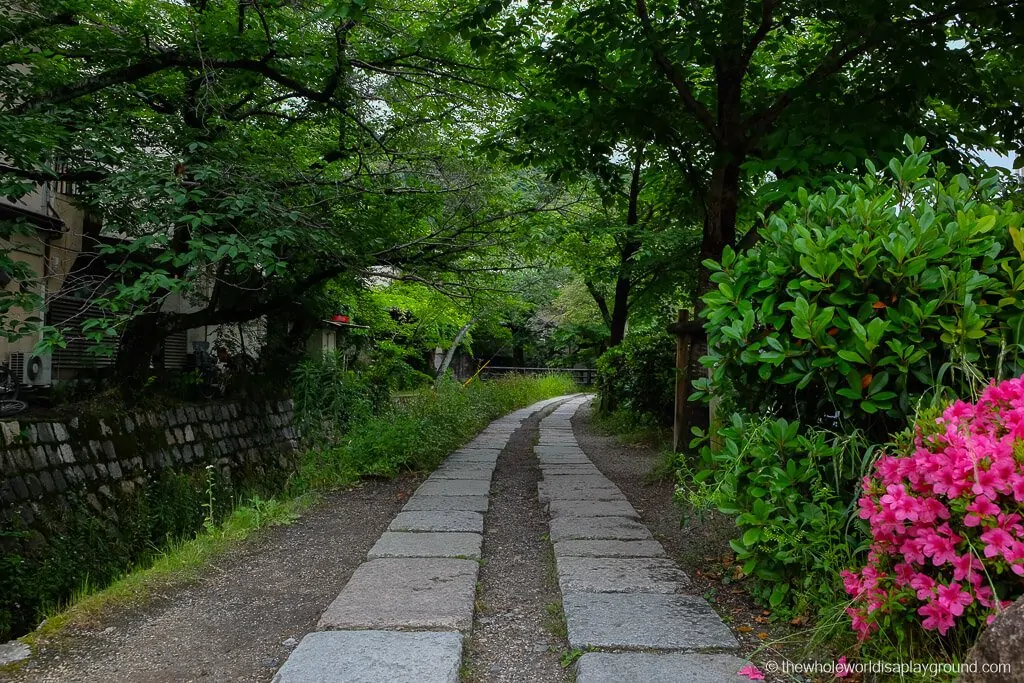
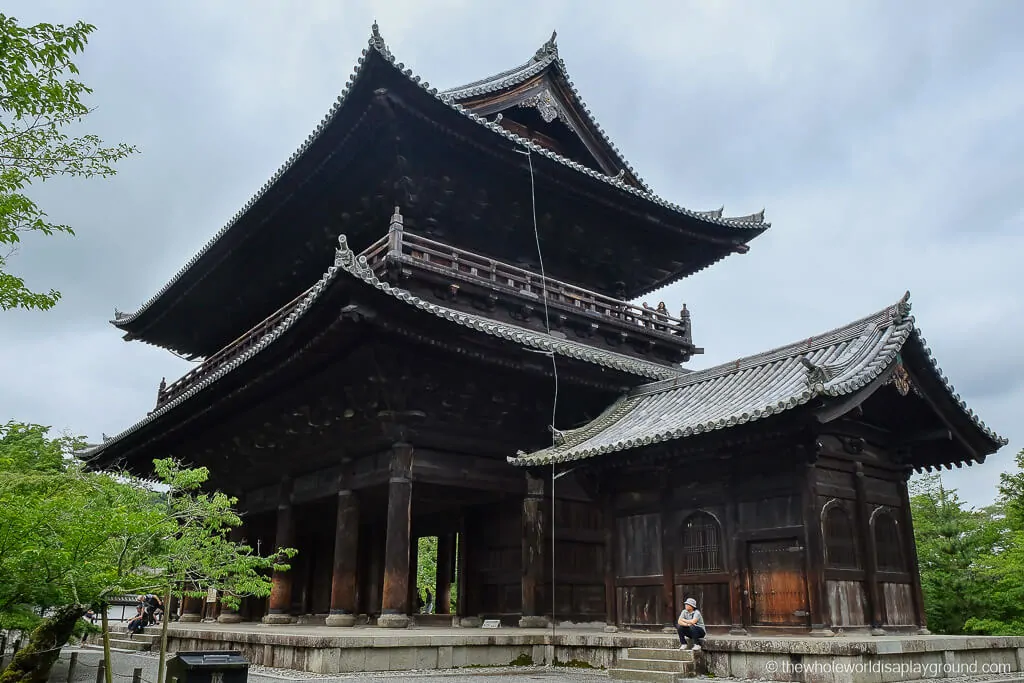
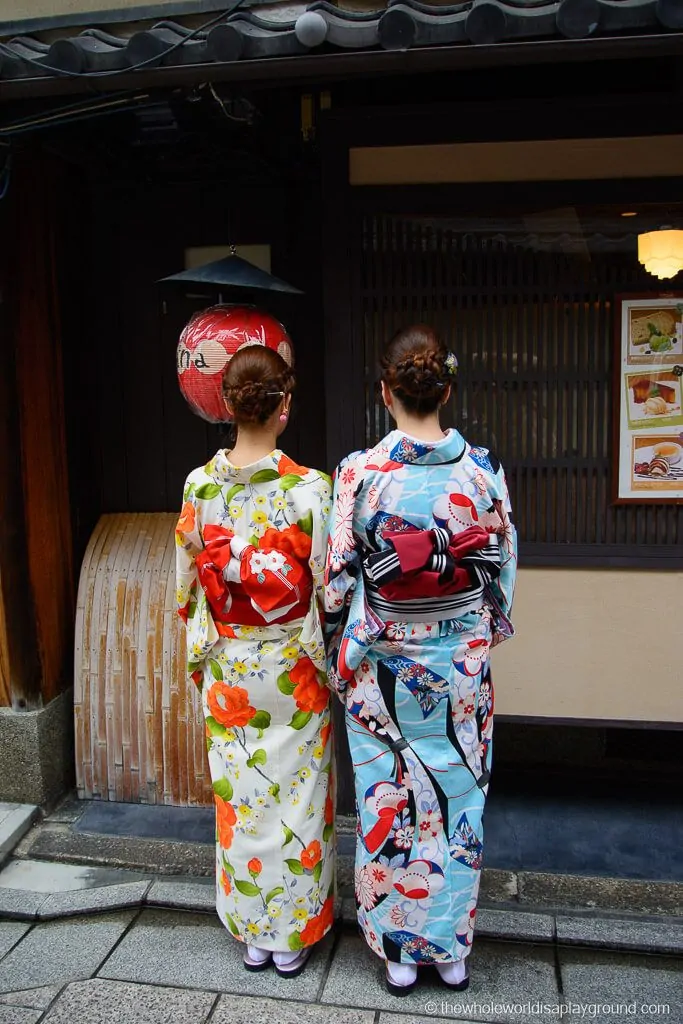
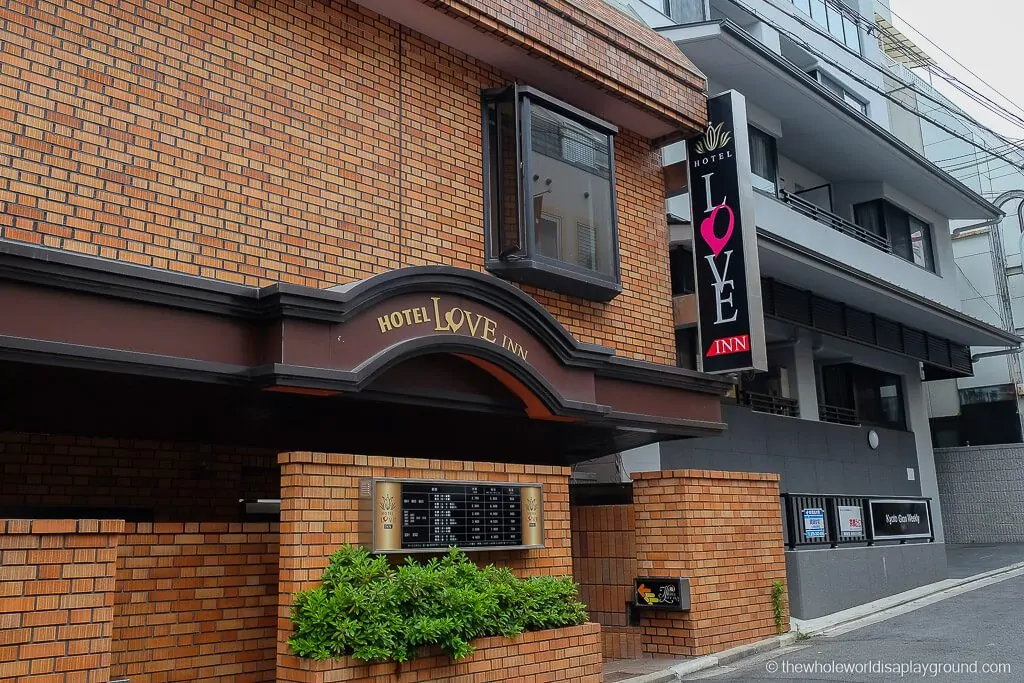
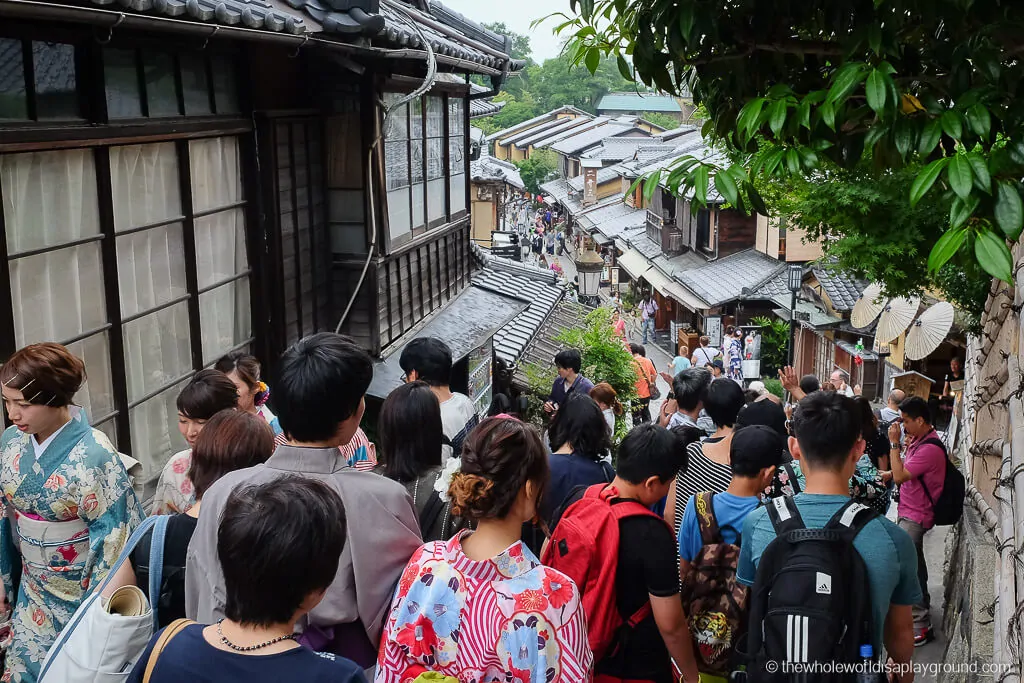
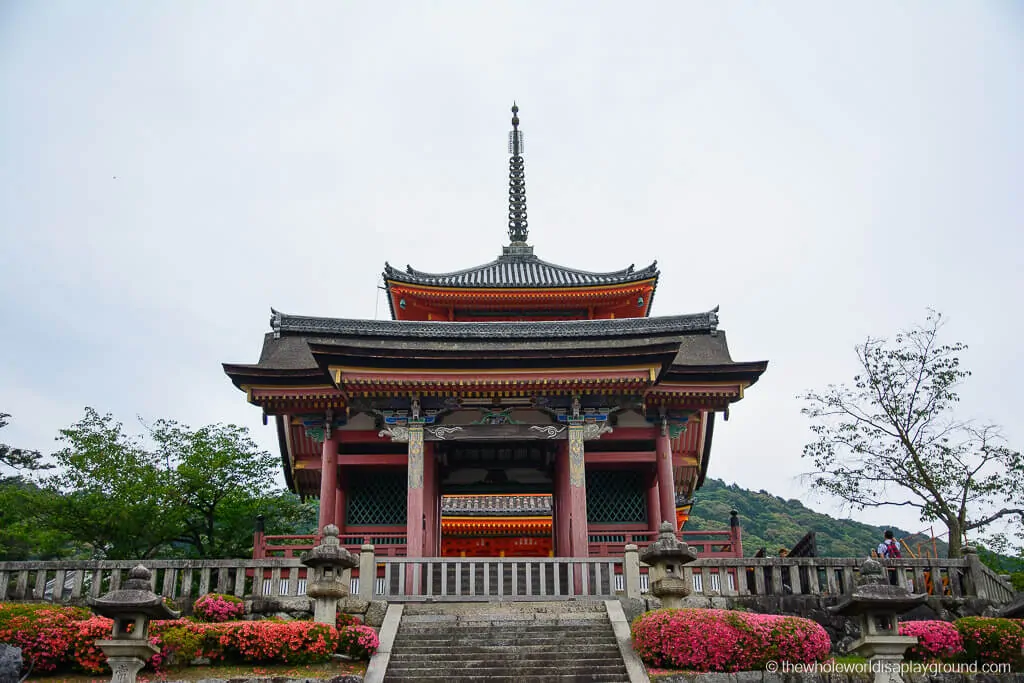
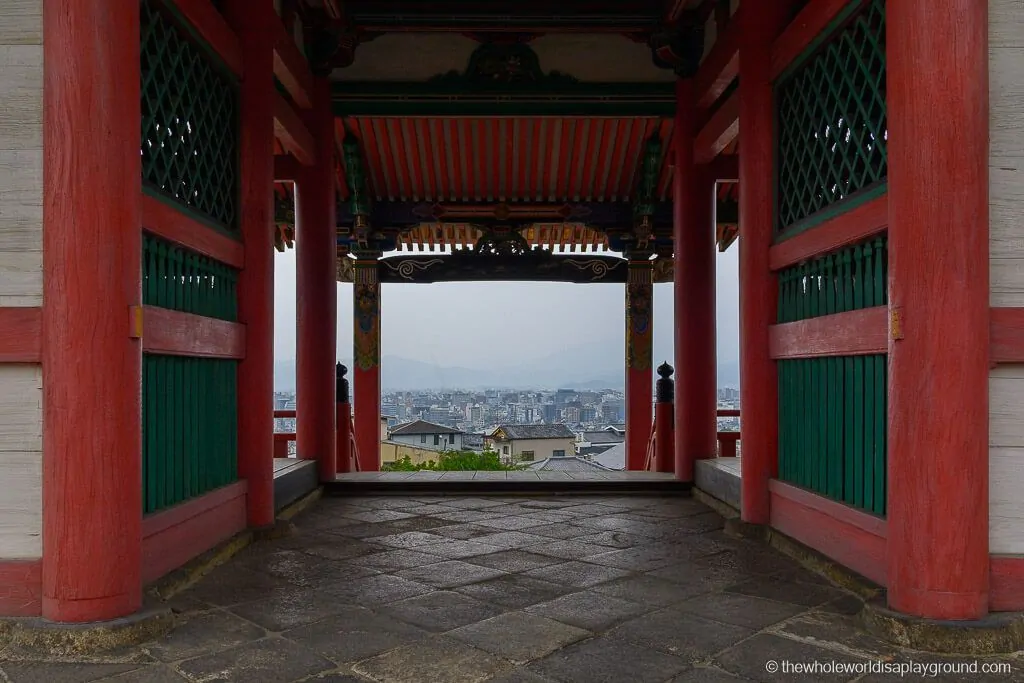
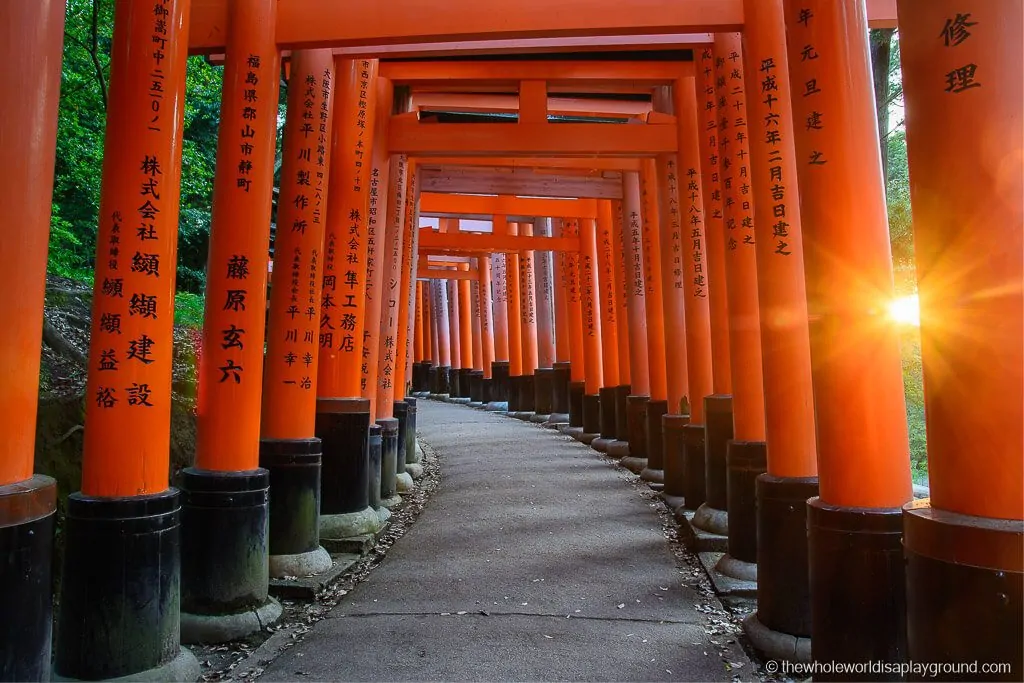
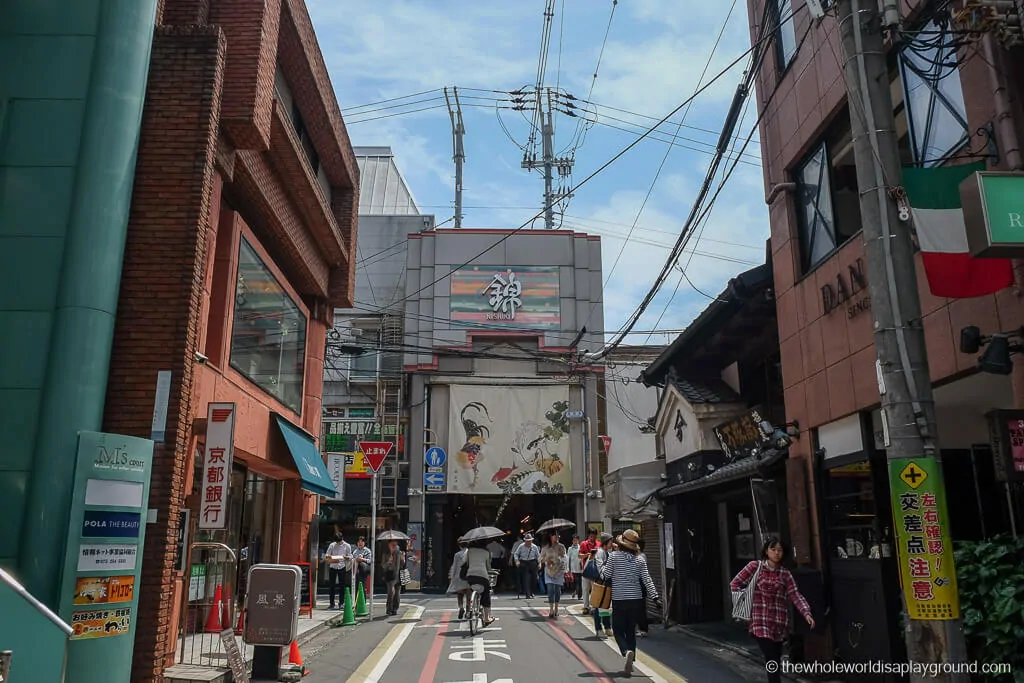
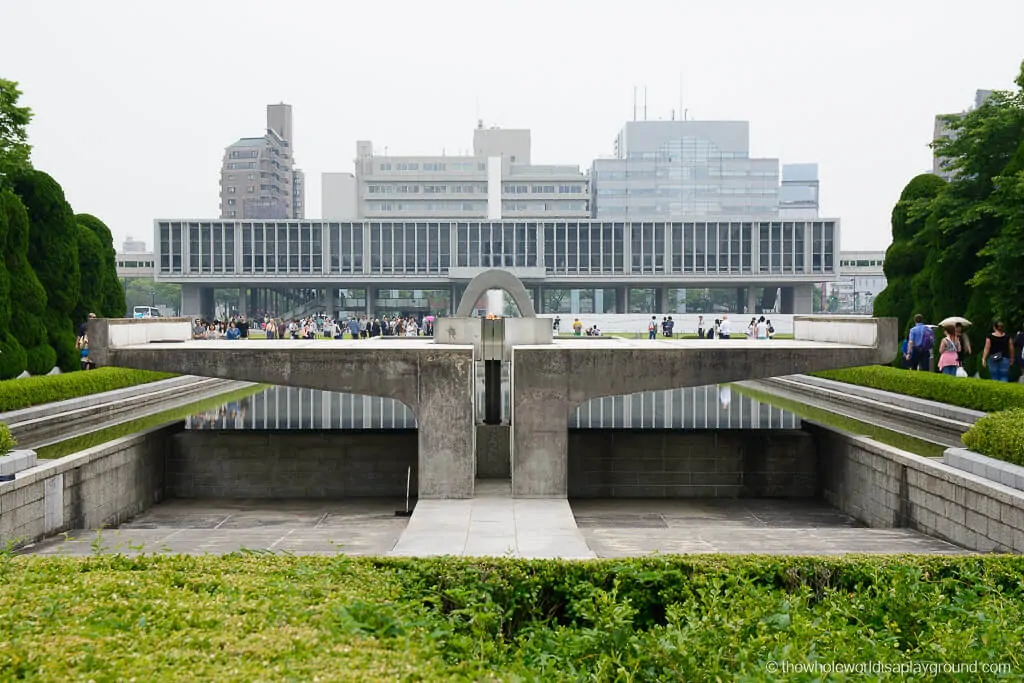
Hi, May I know what time you arrived Arashiyama Bamboo Grove? How you did you spent there?
Hi Ivy, we went there first thing in the morning, so we arrived at the bamboo grove around 6.30-7am. The grove is open 24/7 so theres no issue with it being closed. The grove isn’t very long but we spent around 1.5-2 hours exploring it. By that time everything in the area is open so you can move onto something else. We highly recommend going early in the morning as it get very busy during the day. Hope you enjoy it!